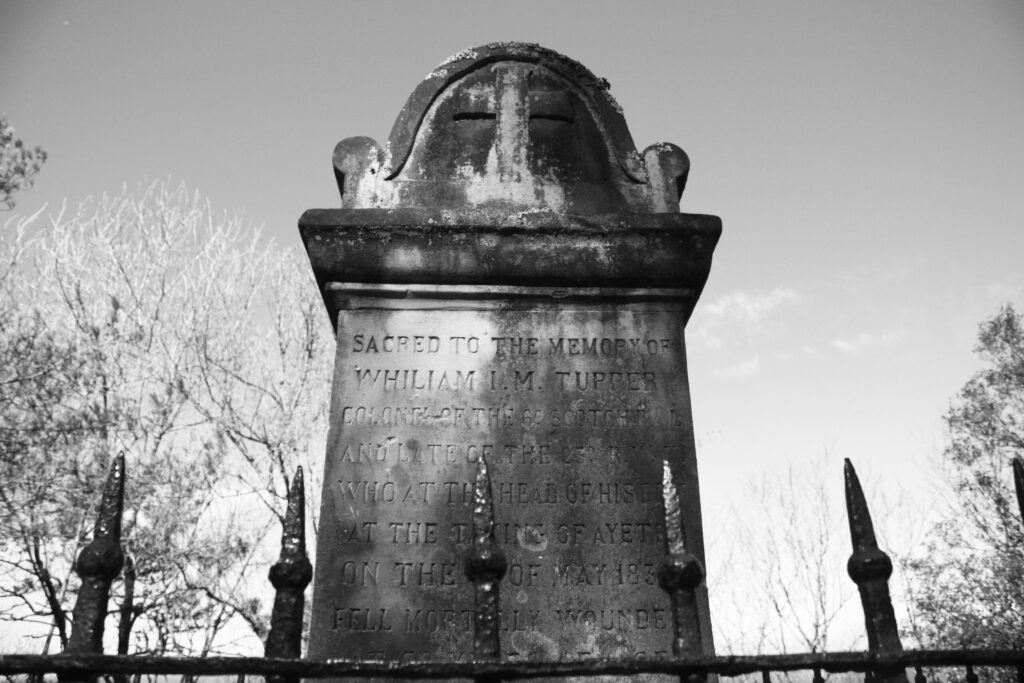
How to Plan a Cemetery Tour: Tips for Enthusiasts & Researchers
Cemeteries aren’t just resting places for the dead; they are sprawling archives of human history, silent galleries of art, and open-air anthropology museums. Planning a cemetery tour—whether for research, education, or pure curiosity—is a bit like preparing for an archaeological dig. You need the right tools, the right mindset, and a healthy respect for the terrain.
In this guide, I’ll break down everything you need to know to plan a meaningful, respectful, and enriching cemetery visit. And no, this doesn’t require carrying a shovel—just a sharp eye, a curious mind, and perhaps a sturdy pair of shoes.
Contents
Why Plan a Cemetery Tour at All?
Let’s be honest—most people’s first instinct isn’t to spend a sunny Saturday wandering among tombstones. But for enthusiasts and researchers, cemeteries offer a wealth of treasures: historical insight, genealogical data, artistic inspiration, and cultural understanding.
Think of it as walking through a three-dimensional history book—only instead of turning pages, you stroll between centuries-old epitaphs, sculptures, and mausoleums.
Each grave tells a story, and collectively, they narrate the history of a community, a nation, or even humanity itself.
Step 1: Define Your Purpose
The first question is simple: Why are you going?
- Historical Research: Are you tracing the history of a city or community?
- Genealogy: Are you hunting for ancestors?
- Art & Symbolism: Are you decoding the language of gravestone carvings?
- Photography: Are you capturing the eerie beauty of stone and shadow?
- Tourism & Curiosity: Are you simply exploring a famous or unusual cemetery?
Your purpose will shape everything—from the cemetery you choose to the equipment you bring. A historian might need archival maps, while a photographer needs the golden hour. A genealogist? Patience. Lots of patience.

Step 2: Choose Your Cemetery Wisely
Not all cemeteries are created equal. Some are meticulously landscaped garden cemeteries with marble obelisks and angel statues; others are rugged, forgotten corners of history, with weather-worn markers barely clinging to the earth.
Factors to Consider:
- Historical Value: Is it tied to significant events or figures?
- Accessibility: Can you get there easily? Are there guided tours?
- Size & Layout: Will it take an hour or an entire day to explore?
- Regulations: Some cemeteries require permits for photography or research.
- Atmosphere: Are you looking for Gothic grandeur or quiet solitude?
A tip for researchers: municipal or church-owned cemeteries often have better-maintained records than small private burial grounds.

Step 3: Do Your Homework
Cemeteries may seem static, but the stories they hold are anything but. Before setting foot on the grounds:
- Check Archival Records: Local libraries, historical societies, or online databases like Find a Grave can reveal maps, burial lists, and historical anecdotes.
- Read Up on Symbolism: Knowing the difference between a lamb and a broken column can transform a walk into a decoding session of cultural history.
- Learn the Rules: Many cemeteries have opening hours, visitor rules, or photography restrictions.
Think of this as reading the preface before diving into the book—it gives context that makes the whole story richer.

Step 4: Pack Smart
While you don’t need to bring Indiana Jones’ whip, there are some essentials:
- Notebook or Digital Recorder: To jot down inscriptions, observations, or research notes.
- Camera or Smartphone: For documentation (check photography rules first).
- Comfortable Footwear: You’ll likely be walking or standing for long periods.
- Weather Gear: Sun hat, raincoat, or gloves depending on the season.
- Water & Snacks: Cemeteries rarely have cafés (and if they do, you might want to question the ambiance).
Optional but highly recommended for researchers:
- Measuring Tape: For noting dimensions of stones or plots.
- Soft Brush: For gently clearing dirt or moss from inscriptions (with permission).
- Portable GPS Device: Helpful for logging exact grave locations.

Step 5: Respect the Space
This should go without saying, but cemeteries are not theme parks. Even if you’re chasing ghost stories or photographing angels in the fog, you are in a place of remembrance.
- Stay on Paths: Avoid walking directly over graves when possible.
- Be Mindful of Services: If a funeral is taking place, keep your distance.
- Handle Nothing Without Permission: Stones, flowers, or artifacts should be left as they are.
- Keep Noise to a Minimum: Respect those visiting loved ones.
In short, behave as though the people buried there can see you—because in many traditions, they can.

Step 6: Look for the Details Others Miss
A well-planned cemetery tour is like a treasure hunt. Pay attention to:
- Symbolism: Religious motifs, Masonic symbols, military insignia.
- Epitaphs: Poetic or quirky inscriptions can reveal personality and history.
- Materials: Marble, granite, limestone—all age differently and tell you about the era’s economy and technology.
- Placement: Older graves may face east; military graves might be in regimented rows.
- Clusters: Family plots reveal generational stories in a single glance.
This attention to detail separates a casual wanderer from a true cemetery sleuth.

Step 7: Document Your Findings
If your purpose is research, documentation is everything.
- Photographs: Take both wide shots (for context) and close-ups (for inscriptions).
- Notes: Record names, dates, symbols, and any unique features.
- Maps: Mark locations to revisit or share with others.
Even if your visit is purely personal, a small record of your observations can be surprisingly rewarding to revisit years later.

Step 8: Engage with the Living
Yes, the dead are the main attraction, but don’t overlook the living. Groundskeepers, tour guides, or other visitors can be valuable sources of information. Some may share personal anecdotes or point you toward lesser-known parts of the grounds.
In smaller cemeteries, talking to locals can reveal stories you won’t find in any archive. Remember, oral history is as precious as written records.

Step 9: Plan for the Unexpected
Even with meticulous preparation, surprises happen. A section may be under restoration, weather can turn suddenly, or you might stumble upon an unmarked graveyard not on any map.
Embrace these moments. Often, the most memorable discoveries are the ones you didn’t plan for. As with any journey into history, flexibility is your friend.

Step 10: Reflect on the Experience
After your visit, take time to process. What stood out? Did you uncover a new historical connection, capture a stunning image, or simply enjoy a moment of quiet beauty?
Reflection is not only a way to honour the space—it also helps you refine your approach for future tours.
Bottom Line
Planning a cemetery tour is equal parts preparation, observation, and respect. Done right, it transforms a simple walk among headstones into an exploration of art, history, culture, and human connection.
Whether you’re there to chase ghosts, trace genealogy, or simply admire the craftsmanship of a marble angel, a well-planned visit will deepen your understanding of the lives (and deaths) that shaped our world.
So lace up your walking shoes, pack your curiosity, and step into the pages of history—just be sure to tread lightly.
FAQs
Most public cemeteries are open during posted hours, but private or church-owned cemeteries may require permission. Always check before visiting.
Spring and autumn offer comfortable weather and beautiful natural backdrops. Fall also adds atmospheric charm for those interested in darker tourism.
Yes, but be mindful of the tone of your visit. For educational purposes, prepare them for the experience and emphasise respect.
In most public cemeteries, yes—but always check local regulations and be respectful when photographing recent graves.
Local historical societies, libraries, or online resources like Find a Grave and Atlas Obscura can help locate nearby sites of interest.

Leave a Reply